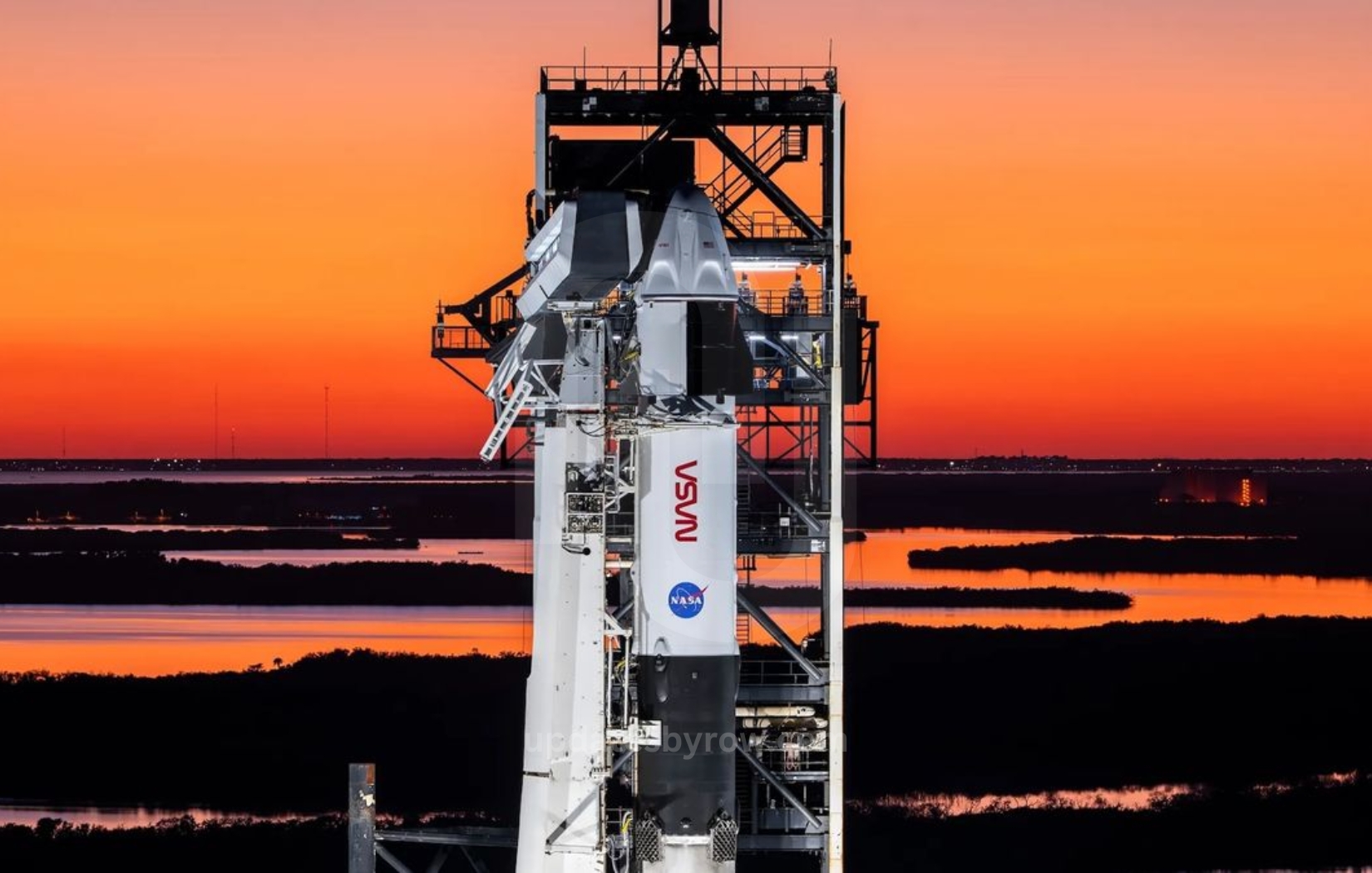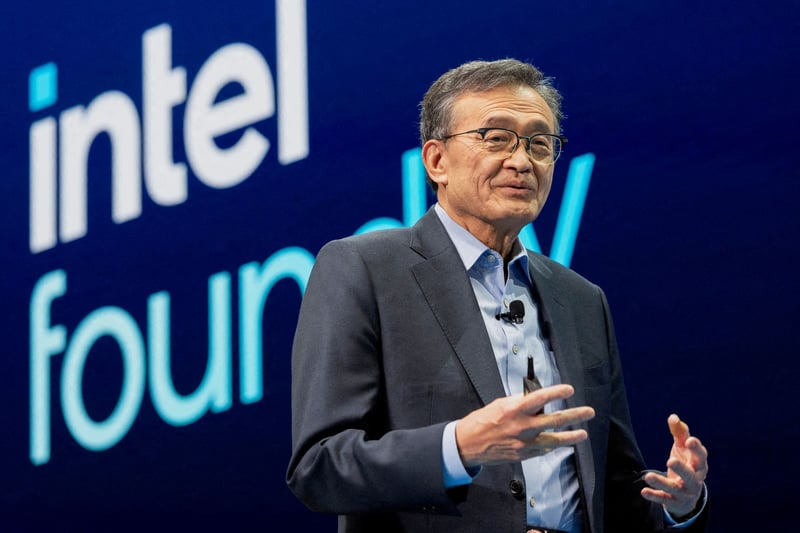Private Astronauts Complete Historic SpaceX Mission and Safe Return to Earth
On Friday, four private astronauts returned to Earth following a groundbreaking four-day mission aboard a SpaceX capsule. This mission marks SpaceX’s sixth fully private spaceflight, adding a significant milestone to its efforts in commercial space travel.
Mission Overview
- Launch: The mission began with the launch of the Crew Dragon capsule from Florida on Monday night.
- Unique Polar Orbit: The crew completed an extraordinary orbit, traveling from pole to pole every 40 minutes. This new polar trajectory is the first of its kind for human space travel.
- Research Focus: The astronauts conducted 22 research experiments, exploring the effects of microgravity on the human body. This study builds on NASA’s ongoing research on space travel’s impact on astronauts’ health.
Crew Composition
- Chun Wang: Led by Maltese investor Chun Wang, the diverse team included his friends and colleagues.
- Jannicke Mikkelsen: Norwegian film director Jannicke Mikkelsen joined the mission.
- Rabea Rogge: German robotics expert and polar scientist Rabea Rogge also participated.
- Eric Philips: Australian adventurer Eric Philips completed the team.
Safe Splashdown and Unique Return
- Splashdown: On Friday morning, the Crew Dragon capsule completed its tight orbit around Earth and safely splashed down off the coast of California at noon EDT.
- Unassisted Exit: In a notable demonstration, the crew exited the capsule unassisted, without the typical medical and support teams normally required for astronauts returning to Earth. This experiment aimed to show how astronauts could potentially walk off a spacecraft on the moon or Mars after long-duration spaceflights.
SpaceX’s Dominance in Private Spaceflights
SpaceX continues to lead the private spaceflight market with its Dragon capsules. While other companies, such as Boeing, are still developing their spaceflight technology, SpaceX’s Dragon capsule is the only privately built spacecraft routinely flying missions in orbit. The cost of these flights, averaging around $55 million per seat, highlights the growing demand for private space travel, especially among government astronauts seeking to enhance their space programs.
Conclusion
This successful mission not only demonstrates the growing capabilities of private spaceflight but also pushes the boundaries of human exploration in space. SpaceX’s Crew Dragon capsule continues to set new records in both technological innovation and human space exploration.




